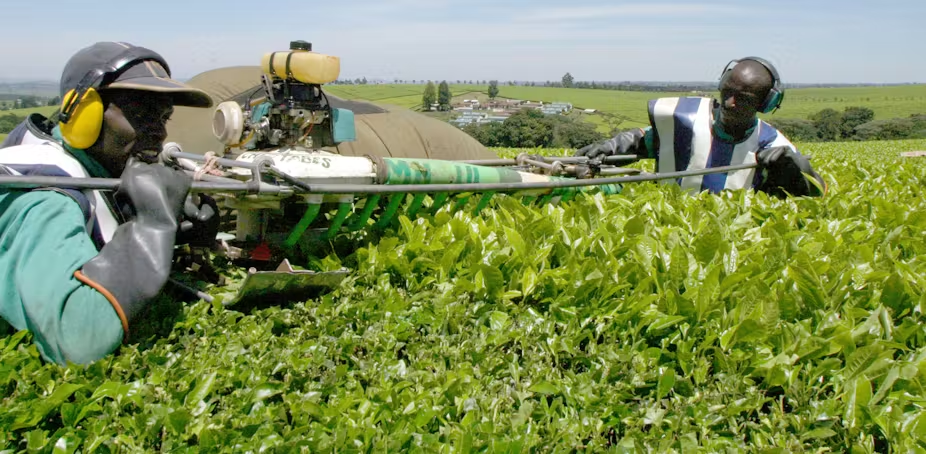Over the last decade, Africa’s agricultural sector has recorded significant progress. Between 2000 and 2014, cereal production rose by nearly 70%, while roots and tubers saw an increase of more than 60%. Countries such as Ghana, Rwanda, and Burkina Faso have seen tangible benefits from these gains, with farm households enjoying better incomes and livelihoods. However, despite these improvements, food insecurity remains a pressing challenge. Today, more than 232 million people across the continent still suffer from hunger and malnutrition, highlighting that Africa is still far from achieving the global goal of ending hunger.
Also Read: Agrico Scales Up: Introducing Southern Africa’s Largest PVC Pipes
One of the major reasons behind this paradox is that much of the progress has come from expanding cropland rather than boosting productivity per hectare. With land resources finite, this approach is not sustainable in the long term. Limited access to commercial land, underdeveloped irrigation systems, low use of technology, and slow adoption of mechanization continue to hold back Africa’s agricultural potential. Experts agree that while output increases are encouraging, they are not enough. The continent now needs to focus on a broader agricultural transformation that raises productivity and strengthens the link between farming and other sectors of the economy.
Agricultural transformation is increasingly being placed at the center of national and continental agendas. For instance, Ethiopia has integrated agriculture as a foundation for its economic transformation strategy. At a continental level, initiatives such as the African Union’s Malabo Declaration, the Comprehensive Africa Agriculture Development Programme (CAADP), and the African Development Bank’s Feed Africa Strategy highlight agriculture as a driver of growth. Organizations like the African Center for Economic Transformation (ACET) and AfDB are also promoting awareness and shaping policies that emphasize transformation rather than incremental growth.
This focus on transformation follows the path taken by countries such as China, India, and Brazil, where agricultural reform paved the way for industrial growth. Africa has a number of advantages it can leverage: vast reserves of uncultivated arable land, a young and dynamic workforce, favorable climatic conditions that allow multiple cropping seasons, and rising demand from growing markets. The challenge lies in harnessing these opportunities to create a modern, competitive, and sustainable agricultural sector.
Productivity remains the cornerstone of this transformation. Experts stress that without major improvements in yields and efficiency, Africa will struggle to achieve the leap needed to reduce hunger and build competitive agro-industries. Increasing the use of improved seeds, fertilizers, irrigation, and modern farming techniques is essential. For example, only a small fraction of African farms—less than 10%—are irrigated, far behind other regions. Similarly, the adoption of high-yield crop varieties and mechanization remains low compared to the levels seen during Asia’s Green Revolution.

Boosting productivity would have multiple benefits. Farmers would not only grow enough to feed their families but also produce a surplus for sale. This surplus could support agro-processing industries, create jobs, improve household incomes, and stimulate rural economies. It would also provide raw materials for the manufacturing sector, fostering industrial growth through stronger value chains.
Africa remains the only region yet to experience a full-scale agricultural revolution. Without urgent policy measures and investment in productivity-enhancing inputs, the much-talked-about agricultural transformation will remain out of reach. Post-harvest losses, weak distribution systems, and limited market access will continue to affect farmers unless productivity is addressed as the starting point. With the right reforms and commitments, Africa has the potential to unlock its agricultural promise and set itself on the path toward economic transformation and food security.